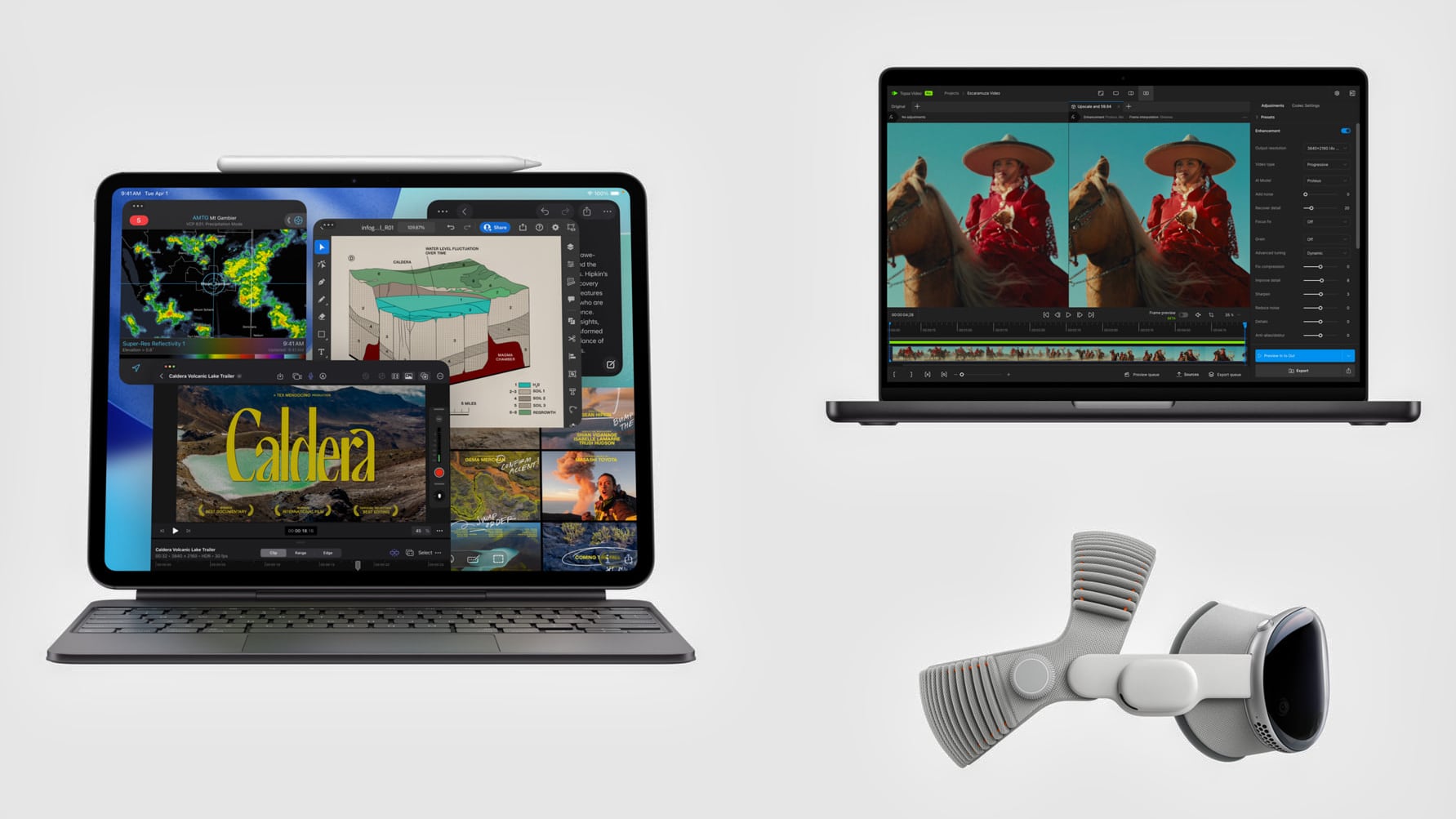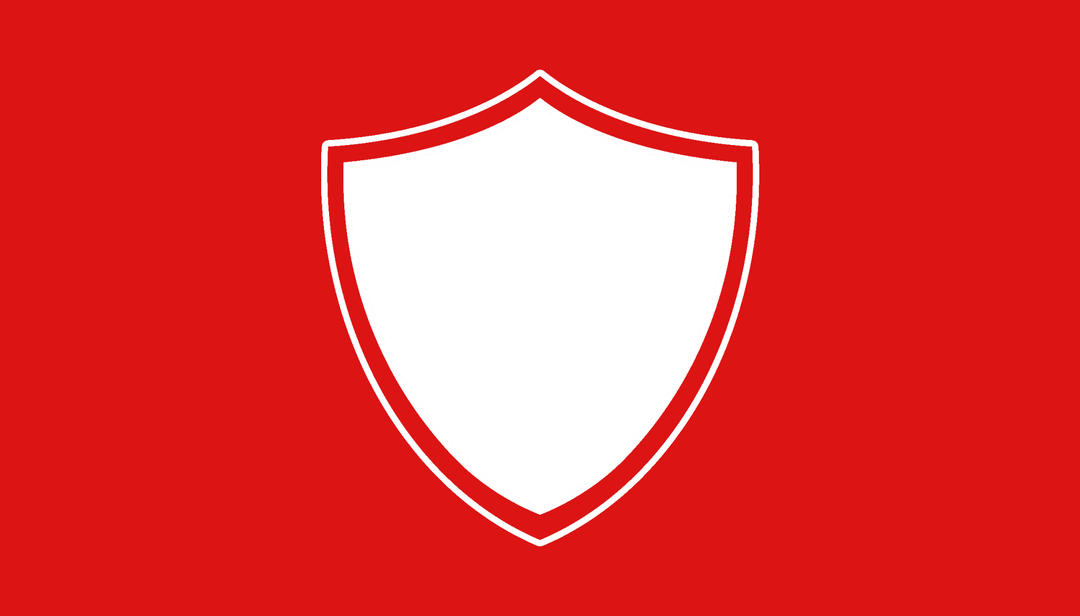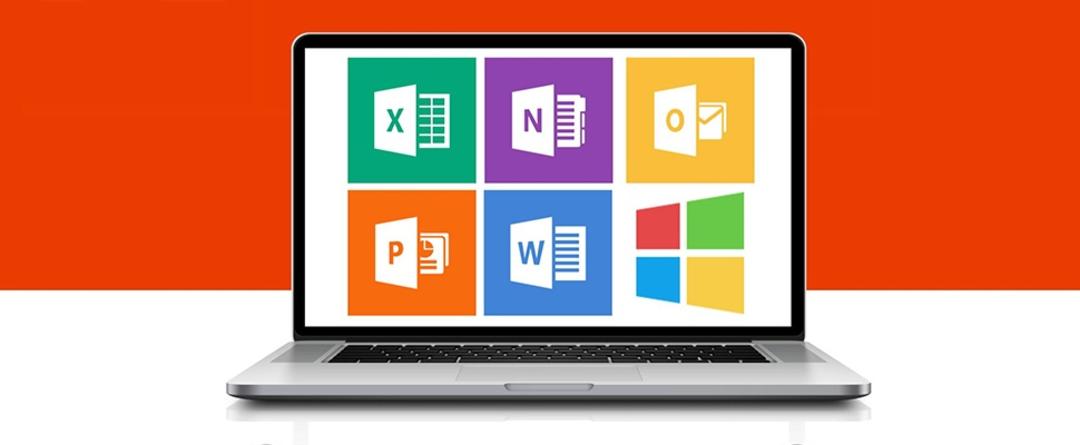Windows has always been extremely vulnerable to viruses and malware. Initially, Microsoft was insensitive to the misery caused by this, but now Windows has its own antivirus that performs better and better. Does that make Windows secure enough or do you still need antivirus software for Windows?
It took Microsoft nearly two decades to develop its own antivirus software that looked good enough to obviate the need to install other antivirus programs. Because Microsoft Defender Antivirus (MDA) does what it’s supposed to do, even if it’s not overflowing with options and settings. And according to comparative antivirus tests, it’s getting better and better.
It scans the PC both in real time, i.e. as a background process, and on demand. Ransomware protection can also protect certain files, folders, and parts of memory. Along with other components in Windows security such as firewall and network security, account security, application and browser management, and exploit protection, Windows offers a fairly complete alternative to many antivirus and even larger security suites.

Microsoft Defender Antivirus’s performance is equal to that of other antivirus programs
The end of antivirus?
Just because Windows now has its own antivirus doesn’t mean you can’t use another virus scanner. If you do, MDA will silently switch to passive mode. It continues to receive updates and can regularly scan the PC for malware as an added protection, but removing the malware leaves it with the antivirus program that is installed later.
So there is no need to uninstall Microsoft’s antivirus and no annoying hassle between programs to become “default antivirus” like browsers. This is still beneficial for providers of other products, but an increasingly better MDA will inevitably have an impact on opportunities for alternative products.
There is already a fear of free antivirus programs. With their minimal functionality, they do not add anything that Windows does not have, while the user experience of these products is very poor. While Microsoft’s security might not seem pretty cool while it’s doing its job, free antivirus products are very annoyingly available. They constantly show threats and opportunities for system optimization, but you can do anything with them only if you bought the paid version.

The future of free antivirus will be feared
Opportunities for security
The question marks that may arise with free antivirus ultimately also apply to paid antivirus programs. The extra functionality of this is also often limited. Additionally, providers are increasingly abusing these programs as a means of upgrading to a more expensive product.
This does not mean that there is no reason to buy a security package. First of all, there is the quality of protection. Microsoft scores well, but so do other providers, and sometimes even better. And they’ve been doing this for much longer, and proven reliability is an important argument for a security product.
Such providers can also increase their chances by offering more innovative and functionality that Microsoft doesn’t (yet) have. Think dedicated protection for online banking, a VPN for secure communications, a password manager, a data leak monitor to let you know if personal data has been leaked, microphone and webcam protection, plus backups.
Secondly, the malware manages to attack unexpectedly, but is still necessary for data recovery if it is not very well organized in Windows. This means that the functionality of a simple antivirus or internet security suite is no longer sufficient.
“Convenience is becoming more and more important”
Eddy Willems is a security preacher at G DATA, but is best known in the security world as a co-founder of the European Institute for Computer Antivirus Research (EICAR) and a board member of the Anti-Malware Testing Standards Organization (AMTSO). In 1989, he was one of the first victims of ransomware when a system he controlled was taken over by a Trojan virus. Willems analyzed and removed the virus and made international news with it.
Years later, he admits the problem is still unresolved. “A successful ransomware attack is for the good citizen, 70 percent of whom just clicked on a link. It was too late before you could recognize ransomware by the crooked Dutch. So we also need to intensify and improve.”
That’s why G Data has developed an online cyber training course and is increasingly placing an emphasis on ease of use when developing its products. “The threat is the same everywhere, but ordinary people and SMEs have to solve it with less knowledge and manpower. Security products should assist them when needed, rather than finding lots of technical stuff at the same time.”
There’s also a question of principle: should you really entrust the security of Windows to the makers of the operating system? Or is it better to leave that to an independent party? Second, it is independent of the commercial interests Microsoft ultimately has in its products and, unlike Microsoft, can focus entirely on security. Also, with an independent party, there will be less chance of a “blind spot” when looking at security.
Microsoft, on the other hand, benefits from its deep knowledge of Windows and the vast amount of data it has about the use and vulnerabilities of its software. Also, even with an independent club of security guards, a blind spot can never be completely avoided.

consolidation
The range of security products that are almost invisible to the user is also changing rapidly. For example, McAfee is no longer part of Intel, has sold its commercial products and now focuses entirely on consumer products under investment firm Advent. F-Secure has also separated products for home and business and is now launching the latter under the name WithSecure.
Most of the changes are in Symantec, which is known for Norton products. It was first bought by Broadcom, then renamed NortonLifeLock, and then it wants to take over Avast by acquiring Avira and Bullguard. Since Avast previously bought AVG, all these names will soon belong together. It remains to be seen what this means for the future. Avira is another brand that has achieved different results than Norton. But there will also be a reason why Bullguard’s website is now praising Norton.
Changes in scan engines, which are the heart of any antivirus program, are even less visible. Just as Avast and AVG use the same scan engine, Bullguard already used Avira before taking over, but the two are hardly distinguishable. Other products still have their own scan engine. G Data is the only one to use its and Bitdefender’s two engines.
After reading this article, are you still interested in a security suite in addition to the standard Windows security? We recently tested several providers to answer the question: which antivirus is the best today?

Trial Mission
Previously, you could easily download a trial version of any security product, but increasingly this is only possible after you create an account and share your payment details. So it’s actually no longer a trial version, it’s a trial period. And if you don’t turn off auto-renew during that time, you’re stuck with a subscription.
Source: Computer Totaal













